Located in the northwest part of Sri Lanka, Wilpattu National Park is the largest and oldest national park in the country. It was established in 1938 and covers an area of 131,693 hectares. It is popular for its characteristic “willis”: natural, sand-rimmed basins or lakes forming a critical part of this ecosystem. Wilpattu abounds in wildlife and vegetation, through which one can catch sight of a Sri Lankan leopard, sloth bear, and herds of elephants in their natural habitat. Therefore, it is one of the most idyllic safari destinations, offering a more genuine and earthy experience amidst breathtaking beauty.
Location
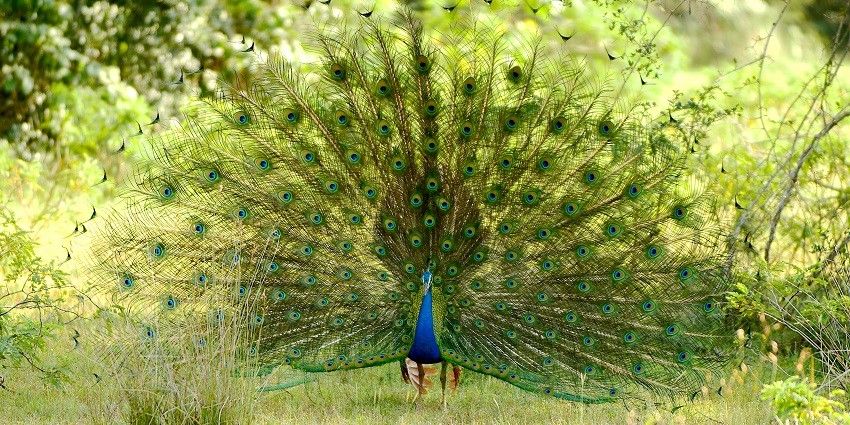
Photo: Aruna Dissanayake / Wikimedia Commons
The Wilpattu Park’s location is in the dry lowlands of Sri Lanka’s Northwest coast. It stretches across the North Central and North Western provinces, encompassing parts of the Puttalam, Anuradhapura, and Mannar districts. The park lies approximately 180 kilometres north of Colombo, Sri Lanka’s commercial capital.
Suggested Read: Beaches In Sri Lanka Where The Golden Sandy Shores Await You
How To Reach Wilpattu National Park
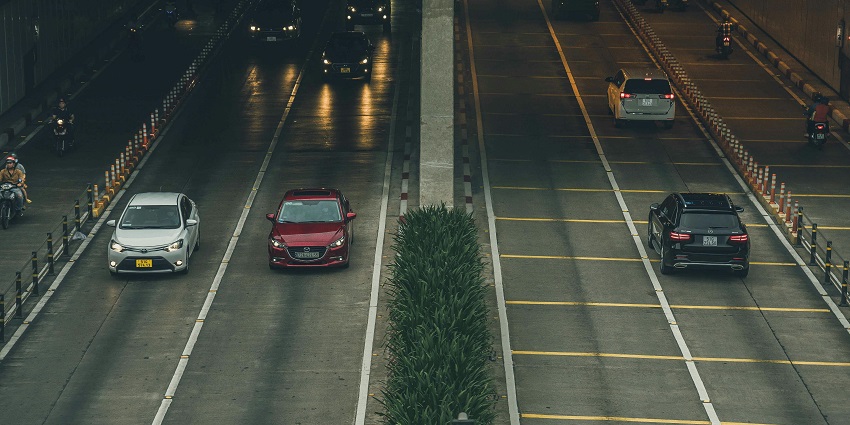
Photo: Khanh Nguyen / Pexels / Image For Representation Only
Wilpattu Park is accessible by road from major cities in Sri Lanka.
By Road: From Colombo, it’s a scenic 4-5 hour drive via the A3 highway. Visitors can either hire a private vehicle or take a bus to Puttalam, followed by a local bus or taxi to the park entrance.
By Air: The closest airport is in Anuradhapura, roughly 80 km from the park. From there, taxis are available for hire to reach the national park.
Places To Visit Around Wilpattu National Park
Wilpattu National Park and its surroundings offer a blend of natural wonders and cultural heritage. Here are some notable places to visit in and around the park:
1. Anuradhapura Ancient City
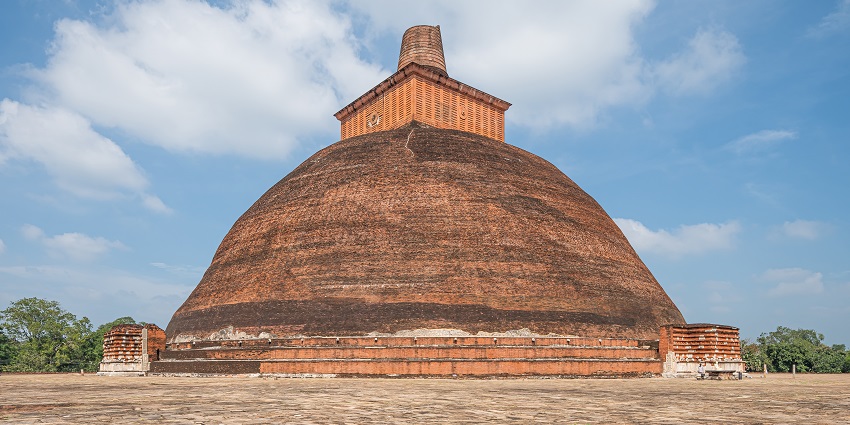
Photo: A.Savin / Wikimedia Commons
Anuradhapura, a UNESCO World Heritage Site, is a testament to Sri Lanka’s ancient civilisation. This sacred city, located about 60 km from Wilpattu, boasts an impressive collection of architectural and archaeological wonders. Visitors can explore vast dagobas (stupas), ancient monasteries, and royal palaces. The centrepiece of the city is the sacred Sri Maha Bodhi tree, believed to be the sapling of the original Bodhi tree under which Buddha attained enlightenment. Anuradhapura offers a fascinating glimpse into Sri Lanka’s rich Buddhist heritage and architectural prowess.
Timings: 7 AM – 6 PM
Distance: 60 km from Wilpattu Park
Entry Fee: LSR 7546.53 / $25 for adults, and LSR 3773.26 / $12.50 for children
Suggested Read: Water Sports In Sri Lanka For Adventure Enthusiasts And Thrill Seekers
2. Kalpitiya
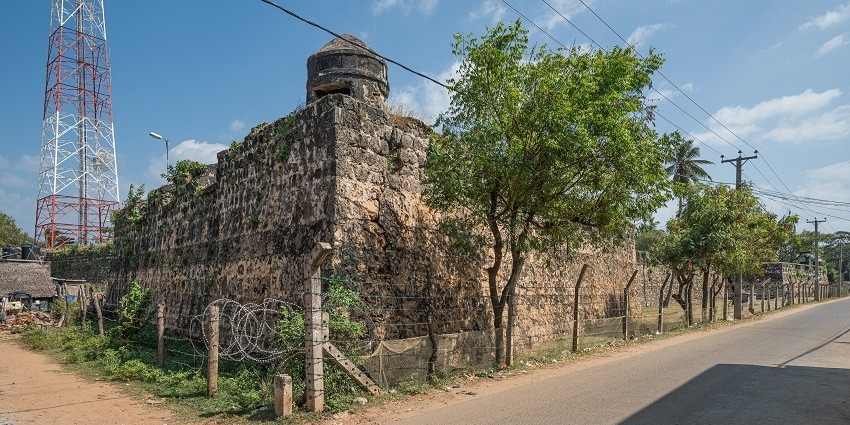
Photo: A.Savin / Wikimedia Commons
Kalpitiya, a peninsula separating the Puttalam lagoon from the Indian Ocean, is a hidden gem of natural beauty. Known for its marine sanctuary, Kalpitiya offers visitors a chance to witness diverse marine life, including dolphins and whales. The area’s unspoiled beaches and sand dunes provide a stark contrast to the wildlife-rich forests of Wilpattu. Adventure enthusiasts can indulge in kitesurfing, while nature lovers can explore the unique ecosystem of mangroves and salt marshes. Kalpitiya’s laid-back charm offers a perfect coastal complement to Wilpattu’s inland wilderness.
Distance: 70 km from Wilpattu Park
3. Munneswaram Temple
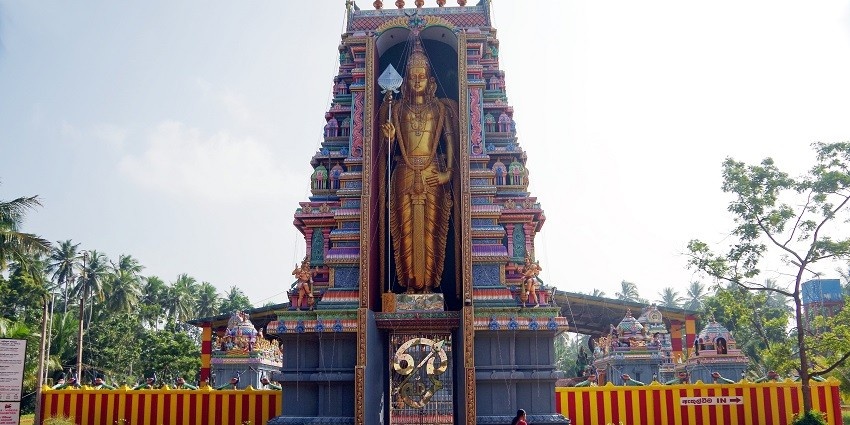
Photo: Balou46 / Wikimedia Commons
Munneswaram Temple, an ancient Hindu complex dating back to 1000 CE, is a significant pilgrimage site. As one of the Pancha Ishwarams, five ancient shrines dedicated to Shiva in Sri Lanka, it holds immense cultural and religious importance. The temple’s intricate architecture, adorned with colourful sculptures and carvings, showcases the rich artistic traditions of South India and Sri Lanka. Visitors can witness daily pujas (worship rituals) and experience the vibrant atmosphere during annual festivals. Munneswaram offers a spiritual and cultural dimension to the region’s natural attractions.
Timings: 6 AM – 12 PM, 4 PM – 8 PM
Distance: 90 km from Wilpattu Park
Entry Fee: Free
Suggested Read: Discover The Majestic Temples In Sri Lanka
4. Pomparippu

Photo: Giallo / Pexels / Image For Representation Only
Pomparippu, an archaeological site near Wilpattu, offers insights into Sri Lanka’s ancient history. Known for its prehistoric burial grounds dating back to the Proto-historic period (1000-500 BCE), the site has yielded numerous artefacts, including black and red ware pottery and iron implements. These findings have helped archaeologists understand early Sri Lankan inhabitants’ lifestyle and burial practices. While not as grand as some of Sri Lanka’s other historical sites, Pomparippu provides a unique glimpse into the island’s prehistoric past, complementing the natural history on display in Wilpattu.
Distance: 6 km from Wilpattu Park
Entry Fee: Free
Where To Stay
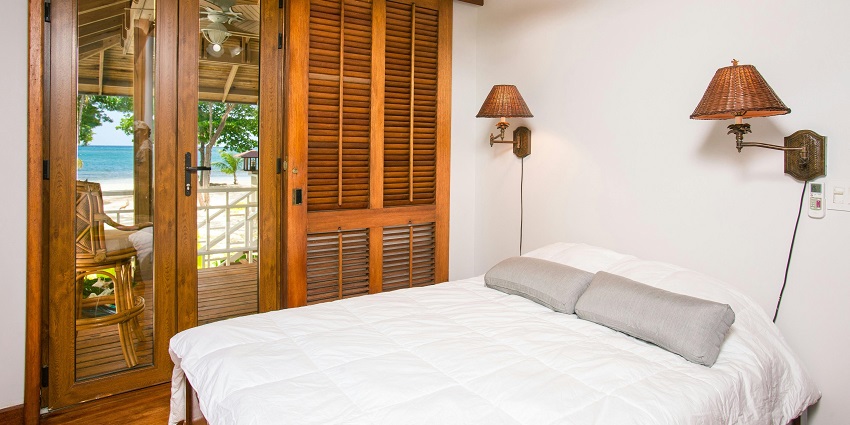
Photo: Pixabay / Pexels / Image For Representation Only
Wilpattu Park offers a range of accommodation options to suit various preferences and budgets. For those seeking an immersive wilderness experience, several tented safari camps are available near the park entrance. These include the comfortable Wilpattu Safari Camp, the luxurious Big Game Camp Wilpattu, and the high-end Leopard Trails Wilpattu, all of which provide unique safari experiences.
Suggested Read: Top Things To Do In Sri Lanka For Your Next Getaway
Where To Eat
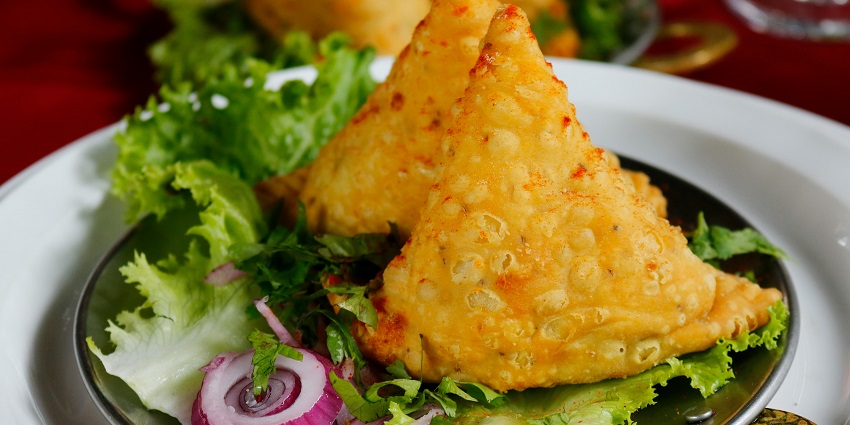
Photo: Marvin Ozz / Pexels / Image For Representation Only
While not extensive, dining options around Wilpattu Park cater to various tastes. There are no restaurants inside the park, so most dining experiences are centred around the park entrance and nearby towns. The Wilpattu Safari Lodge Restaurant offers a mix of Sri Lankan and Western cuisine, providing a convenient option for those staying nearby.
Best Time To Visit Wilpattu National Park
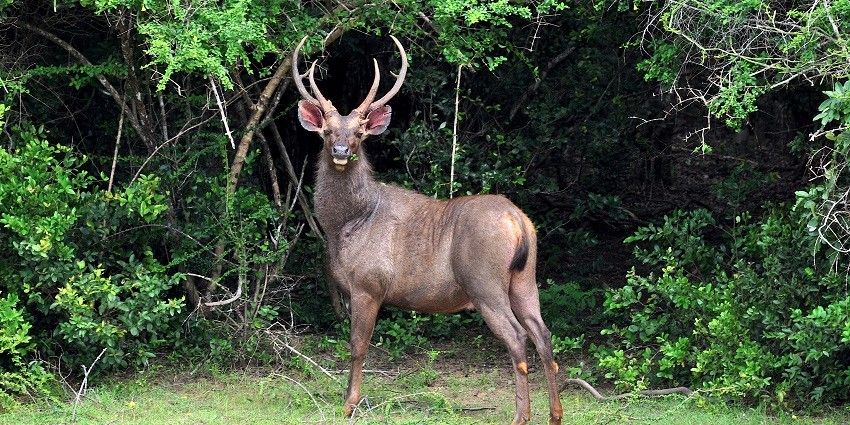
Photo: Manelka Jayasundara / Wikimedia Commons
The optimal time to visit Wilpattu Park is during the dry season, from February to October. During these months, animals congregate around water sources, increasing the chances of wildlife sightings. The park is open year-round from 6 am to 6 pm, with early mornings and late afternoons offering the best wildlife viewing opportunities.
May to September is ideal for bird watching, as migratory birds visit the park. Even in the wet season (October to January), lush greenery and full waterholes enhance the park’s beauty.
Suggested Read: Best Places To Visit In Sri Lanka With Family
Other Things To Consider
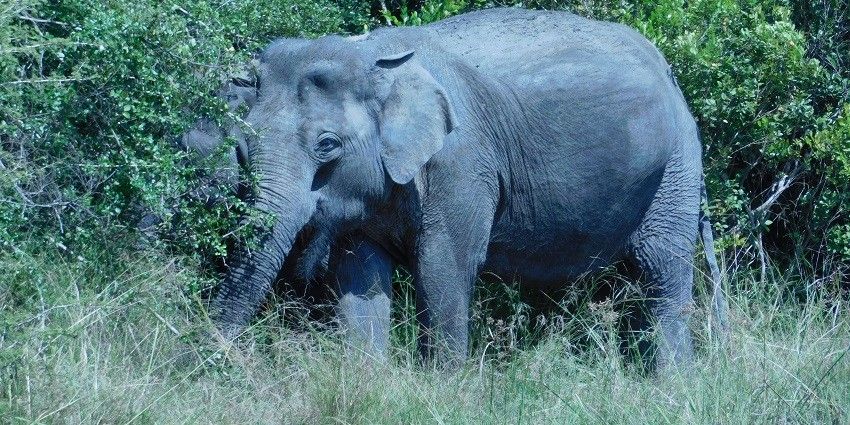
Photo: Davidmalcolms / Wikimedia Commons
Average Cost Of The Trip
The Wilpattu Park cost can vary significantly depending on individual choices and the desired comfort level. The park entry fee for foreign visitors is approximately LKR 3500 (USD 20-25) per person. Hiring a safari jeep typically costs around LKR 4000-6000 for a half-day safari. Accommodation costs can range widely, from about LKR 5000 per night for basic rooms to LKR 30,000 or more for luxury tented camps.
Tips For The Travellers
- Make advance bookings for safaris and accommodation, especially during peak season.
- Engage an experienced guide to enhance wildlife spotting and learn about the park’s ecosystem.
- Maintain a distance from wildlife and refrain from feeding animals.
- Pack binoculars for better wildlife viewing and a quality camera for photography enthusiasts.
- Prepare for basic facilities — no restaurants or shops are inside the park, Carry ample water and snacks for your safari.
- Plan safaris for early morning or late afternoon when wildlife is most active.
Wilpattu National Park offers an unforgettable experience for wildlife enthusiasts with its unique landscape and rich biodiversity. Whether you’re keen on spotting elusive leopards or enjoying the tranquillity of natural lakes, Wilpattu promises an adventure like no other. Ready to embark on your Sri Lankan safari? Book your Wilpattu Park tour with TripXL today and discover the wonders of this incredible destination with expert guides and seamless planning.
Cover Photo: NavaaneethaSarma MurugananthaSarma / Wikimedia Commons


 WhatsApp
WhatsApp
 Twitter
Twitter









